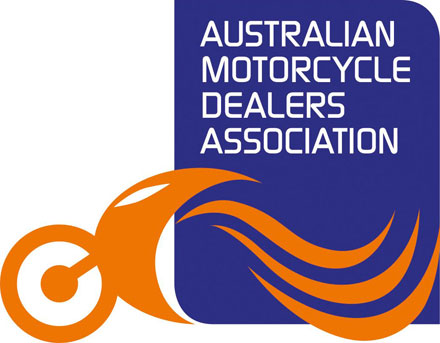AMDA News & Events
MotorCycle Holdings revs past car floats (AU)
- Details
A company which runs 27 motorcycle dealerships on the eastern seaboard of Australia has proved that two wheels are better than four when it comes to investment returns in the past year on the Australian Securities Exchange.
Shares in MotorCycle Holdings are up more than 85 per cent on the company's $2 issue price in last year's float.
With consumer spending particularly sluggish as soaring house prices and the big mortgage repayments required to service them, rising power bills and fears of unemployment as digital disruption sweeps through most industries, Mr Ahmet's firm is travelling against the trend.
"It's an easy purchase to justify. It's become more mainstream because it's transport as well and they're not heavy on fuel," Mr Ahmet said.
The average price tag for a new motorcycle is around $10,000, but the firm also has more expensive versions for more cashed-up buyers buoyed by the "wealth effect" from the escalating value of properties. A full-spec Harley Davidson tourer bike costs around $55,000, while a more exotic Italian MV Augusta will set the new owner back $60,000.
...Mr Ahmet said an increasing number of female riders are among buyers.
Source AFR
Industry seeks urgent action to stop kids riding adult ATVS
- Details

Australia’s ATV industry is urging State and territory governments to adopt the recommendations of previous Coronial inquests in order to fast-track better safety for ATV riders.
The ATV industry and its representative body, the Federal Chamber of Automotive Industries, have been long-term and firm advocates of keeping children under 16 years of age off adult-sized ATVs (quad bikes). These full-sized vehicles were never designed to be used by children.
Warning labels on ATVs, safety information in the owner’s manual and freely available industry safety materials have been completely clear about the industry’s position prohibiting children riding adult-sized ATVs.
Download the pdf below.
Dehydration Info Sheet
- Details

Water makes up the largest component of the human body representing 45% to 70% of our body weight. For example, a 75 kg person would contain 45 litres of water, representing 60% of body weight. Any excessive change in the normal body water balance, such as fluid loss causing dehydration can be a serious outcome for the motorcyclist.
We lose body water daily through normal tasks such as breathing, sweating, urinating and some medications for example. A reduction of only 1% can start to impair our body’s normal temperature regulation system and dehydration will kick in.
During heat exposure, body water is primarily lost as sweat. Individuals can sweat anywhere between 800 mL to 1.4 litres per hour. People normally do not perceive thirst until a deficit of approximately 2% body weight loss has resulted from sweating. Thus, thirst provides a poor indicator of body water needs during rest or physical activity.
When individuals are encouraged to drink fluids frequently during heat exposure, the rate at which we can replace the fluids by mouth is limited by the rate at which fluids can be absorbed from the stomach to the intestines (where the absorption process starts to take place).
Fluids can only empty from the stomach at a maximum rate of approximately 1 to 1.2 litres per hour. The important message is that once dehydration occurs, it becomes more challenging to rehydrate adequately by drinking water.
The key to preventing dehydration for the motorcyclist is to begin consuming water before going on a ride and to maintain hydration by taking frequent drinks of water during the ride. Just remember that you can sweat more per hour on a hot day than what your body is capable of absorbing. That is why it is critical to maintain your water intake before, during and after the ride.
FIRST AID
Keep an eye out for common signs (something you see)and symptoms (something you hear or the patient tells you.) of dehydration. Also keep in mind that each person may experience symptoms differently, they include;
- Less frequent urination & dark in colour
- Thirst
- Fatigue & light-headedness
- Confusion
- Dry mouth
- Frontal headache
DRINK, DON’T SIP
Cool the individual down and get them to drink as much water as possible (may include electrolytes). Be aware that large amounts of oral fluids may increase bloating, nausea, and vomiting due to the delays in stomach intestine absorption rate. In this case, the individual needs urgent medical attention and intravenous (I.V) fluid replacement. Please remember that the volume of oral fluids ingested typically must at least equal the volume of fluid lost.
DEHYDRATION References include ILCOR CoSTR document and NAEMT, PHTLS.
Download the pdf below.

